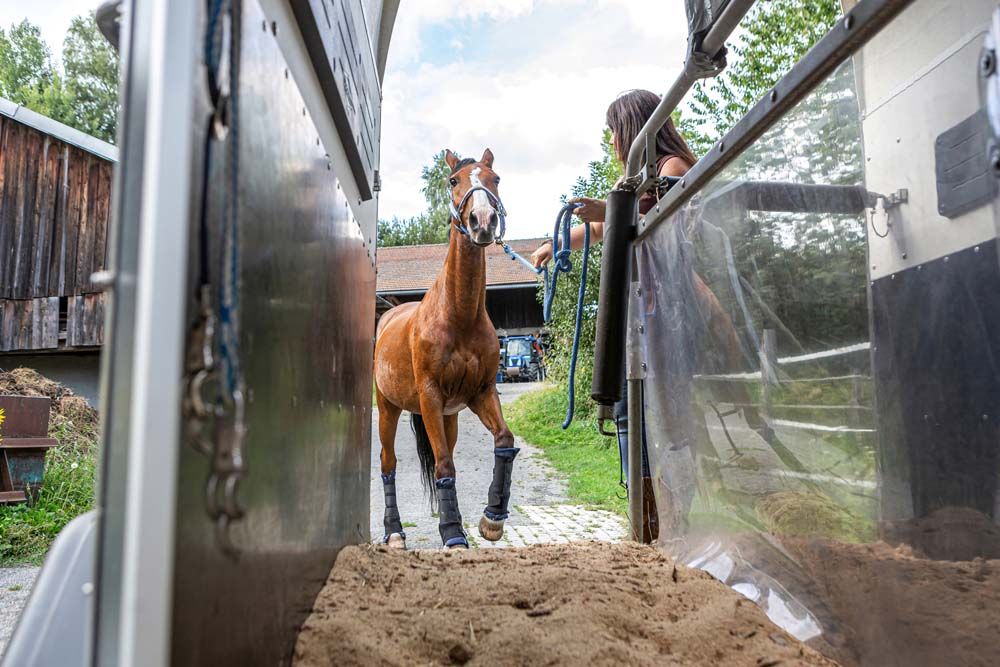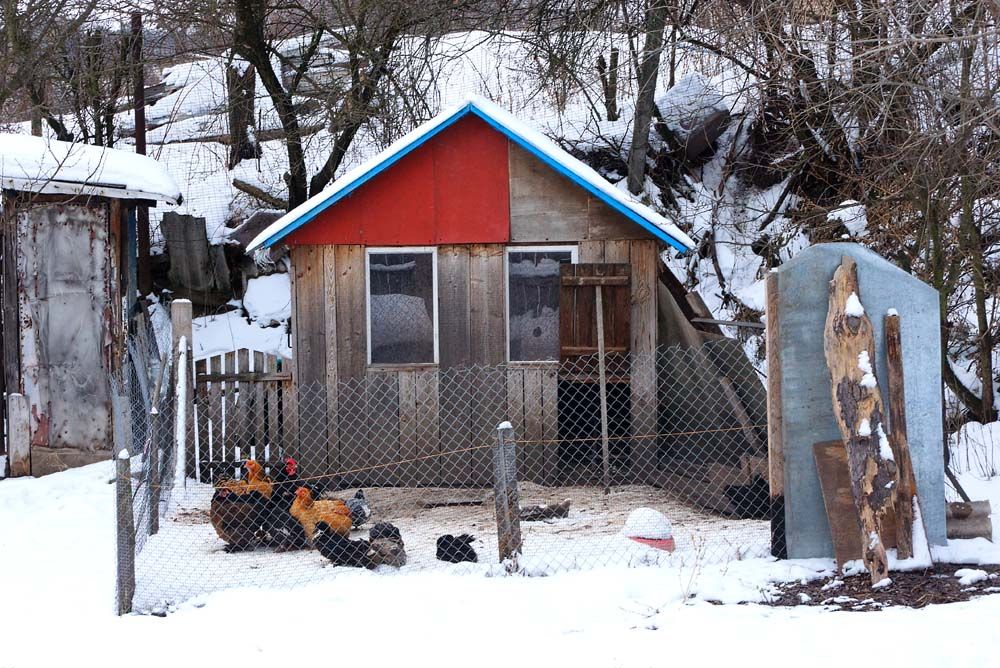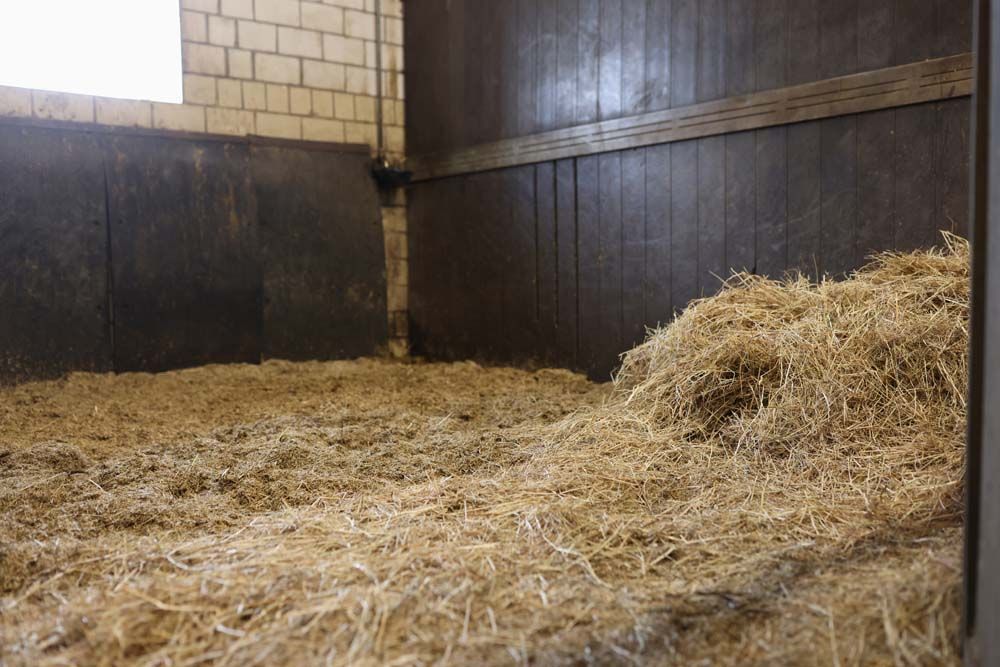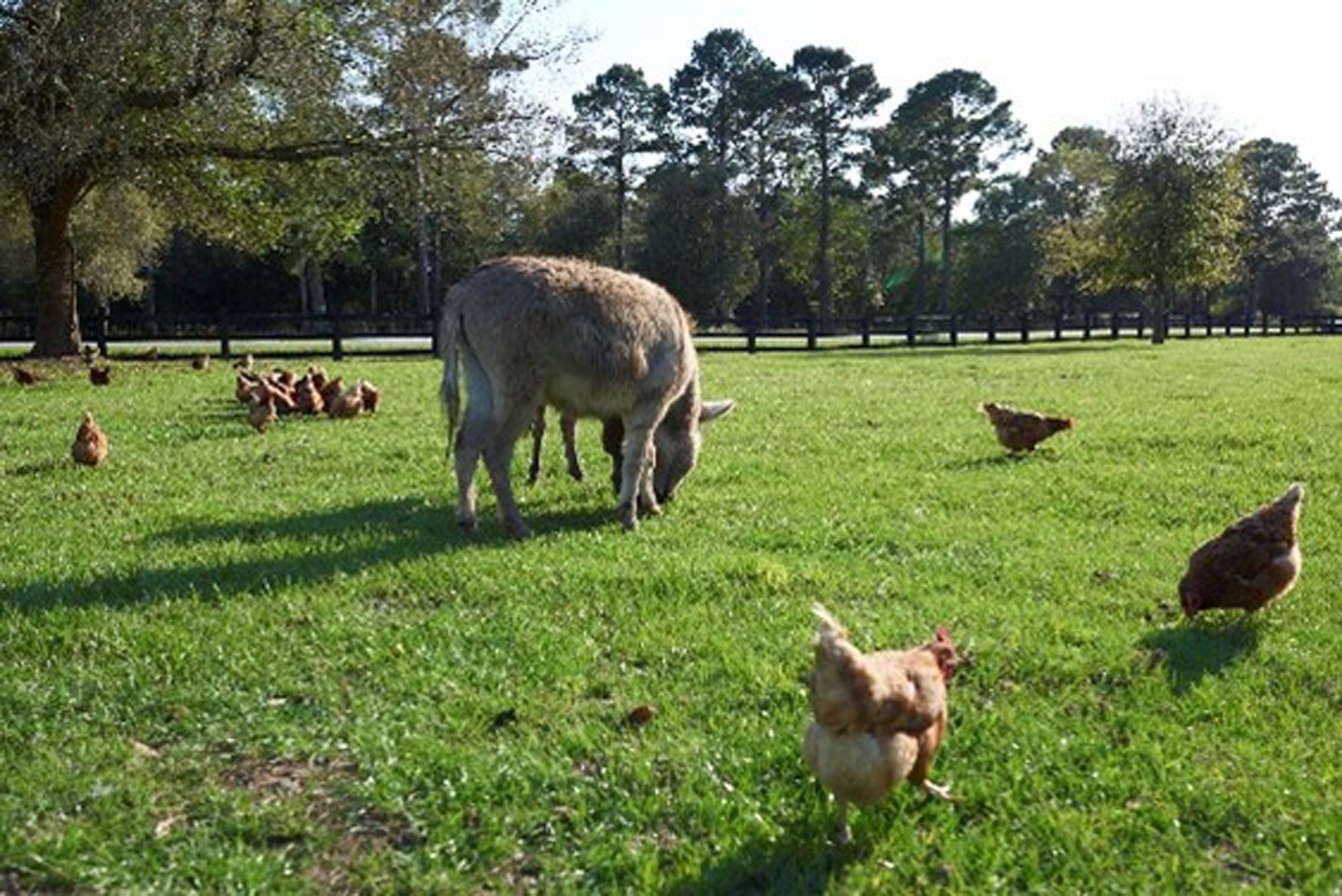Photographing Your Farm Animals
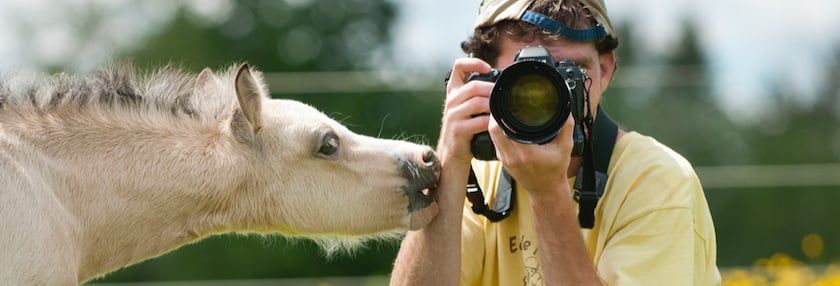

Following these few tips can make the difference
Cute foals, cunning chickens, sweet sheep, dynamic dogs—there are plenty of photogenic faces found around the farm, but getting great photos of them isn’t as easy as it sounds.
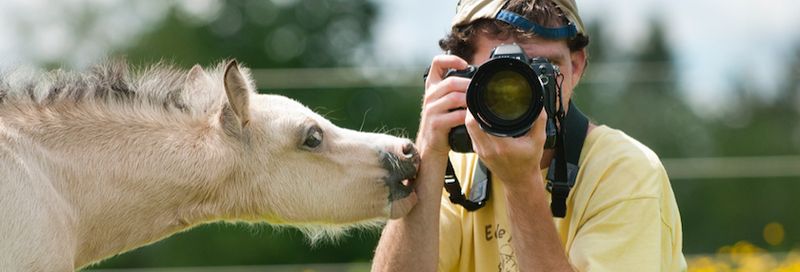
You could just want to create nice images of your animals to preserve memories. Quality photography, though, can assist with your farm’s marketing plan—some vibrant livestock photos will liven up your farm’s social media presence or website.
Here are 9 handy tips to set you on the path to some great photography of your animals.
1. Use a long lens
Whether you’re attempting a close-up head portrait or a full-body image, livestock tend to look their best when you use a lens of about 150mm or longer. This measurement is the way lenses for DSLRs and mirrorless cameras are classified; a smaller camera like an advanced all-in-one camera might have a different equivalent. In any case, the point is to back up and away from the animal, and then zoom in with the lens. Using this technique eliminates wide-angle lens distortion.

2. Supercharge your phone
For most casual photography, you probably just grab your smartphone. Unfortunately, because phones are so thin, they are supplied with wide-angle lenses (sometimes very wide-angle), that can distort your animal’s appearance significantly. This distortion might make your horse’s ears look way too long, your goat’s nose too big, or your ram’s conformation shot look unappealing. Zooming in (as described above) can help, but with a phone it generally leads to pixelated photos.
You can improve the situation by adding a clip-on telephoto lens to your smartphone. And if you’re serious about photographing your farm animals, consider investing in even an entry-level DSLR—a cost-effective solution.
Where smartphone cameras do excel is for big scenes—a sweeping vista of your farm's fields, a big crop, a flock of your geese, a beautiful green pasture full of your farm's cows.
3. Open up the aperture
You should shoot on “manual” and use your camera’s aperture control to select a wide aperture. This will be a small number—something like f/2.8, f/3.5, f/4, or f/5.6. Try to avoid big numbers like f/11, f/16, or f/22. When combined with the long lens, a wide aperture helps create a gentle out-of-focus region behind the animal, blurring out distractions and producing a more professional feel.
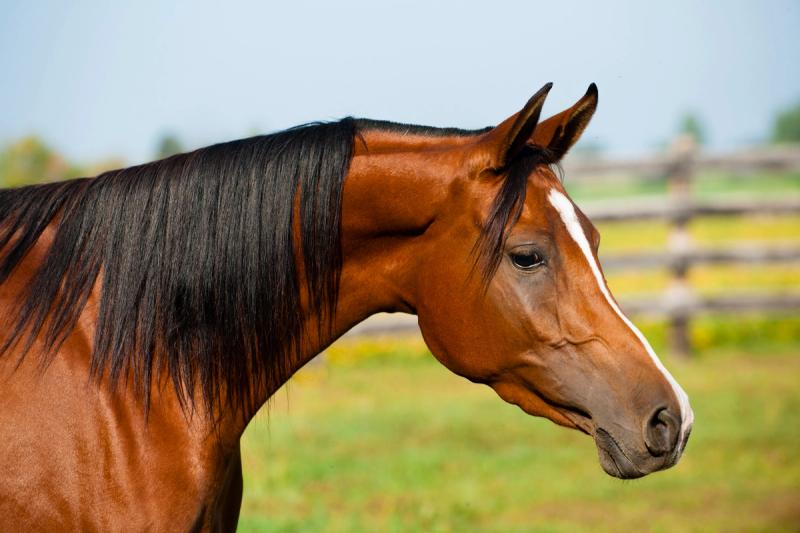
4. Shoot photos on cloudy days
Overcast skies? Great! Cloudy days clouds eliminate shadows, which can be distracting and unattractive in portraits. Secondly, color saturation (especially greens) tends to improve on cloudy days (pay attention some time and you’ll see). This means that the colors in your photos will look even better than usual.
5. If the sun is out, use front lighting
On a sunny day, avoid the middle of the day when harsh sunlight is pouring straight down. Instead, try early mornings and late afternoons when the sun is lower in the sky and the lighting is warm—the last hour before sunset and the first hour after sunrise are called “the golden hour” for good reason. Have people face away from the sun as it eliminates hard shadows under their eyes and nose and prevents squinting. With livestock, go ahead and have them face the sun (called “front lighting”)—most animals don’t squint much and you’ll get a nice look this way.

6. Focus on the eyes
What do you actually focus the lens on—your cow’s shoulder? Your duck’s bill? With any animal (or person), aim to focus on the eyes. Even when other areas of the face are out of focus, if the eyes are sharp, viewers typically accept the whole image as sharp.
7. Find a good spot!
This one is actually super important—one of the most important tips on this list when it comes to photographing on the farm. Try to find a clean, non-distracting background. When you’re concentrating on your animal, it’s easy to overlook an old wheelbarrow, a manure pile, or a stump, but they won’t look good in the background of your picture. (Rest assured, you will notice it in the photo!).
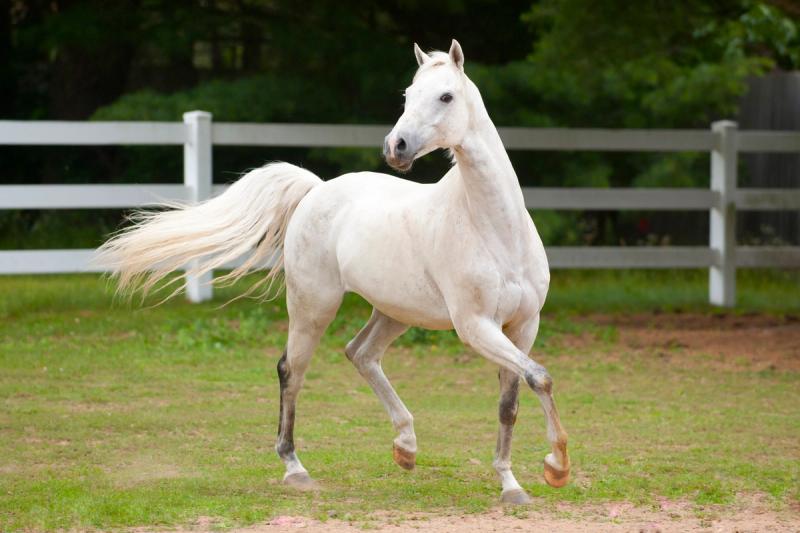
Even objects that aren’t inherently unattractive (like tractors, electric fencing, or sheds) can become annoying in a photograph when they’re competing with the main subject or only visible as a blurred mass of color. Look for a location that will offer a clean and simple background for your shot.
8. Chickens and the need for speed
Poultry species in general can be tricky to photograph, and chickens probably take the cake. They’re always moving! Chickens have a tendency to take slow steps, but then turn their heads quickly from one side to the other with a fast, jerking motion. To achieve really nice chicken photos, try to set a shutter speed of at least 1/1000th of a second, or even higher. With most farm animals, aim for at least 1/500th of second, or more if they’re moving around.
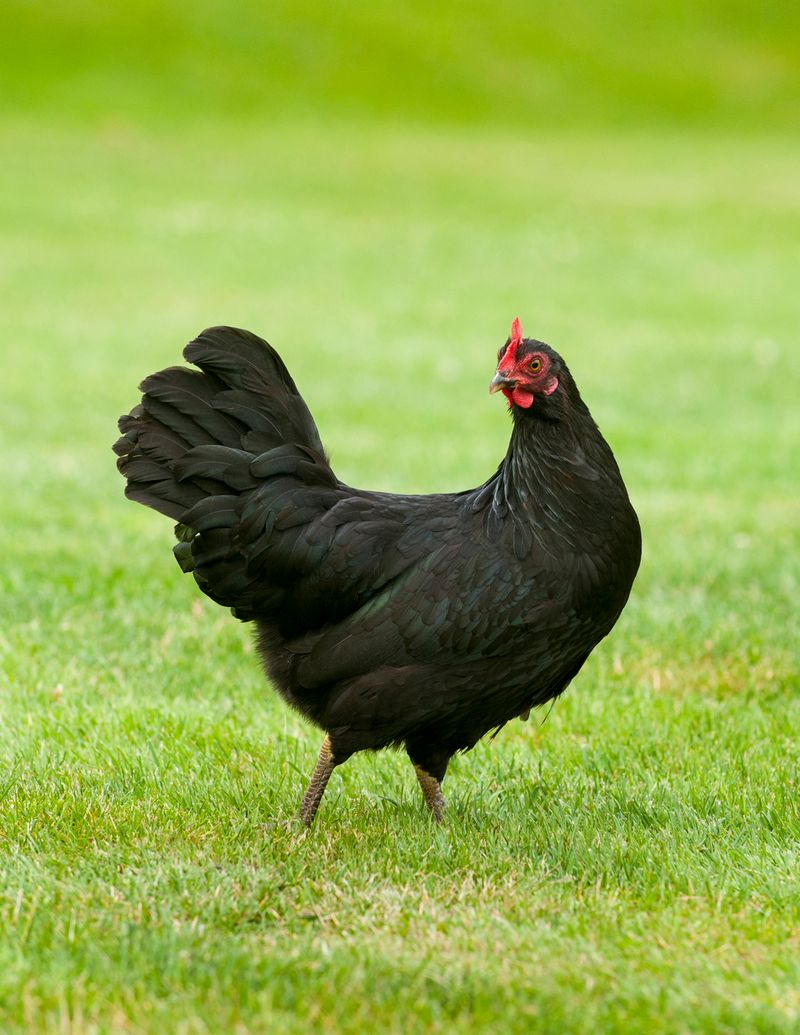
9. Use helpers
Finally, don’t work alone! Having someone around to help get your animal’s attention can be very valuable. Click! Good luck.
A homesteader shares her photo journey
https://sunshinefarmny.com/2018/01/25/helpful-tips-for-photographing-animals/
Tags:Country Critters

Acreage Life is part of the Catalyst Communications Network publication family.







